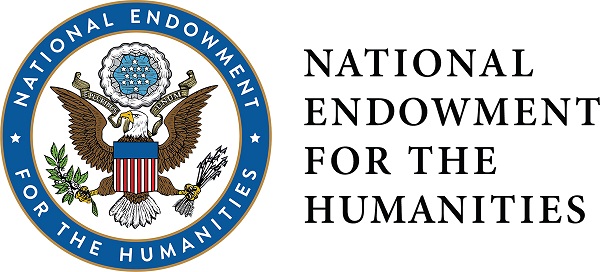
US Government Documents related to Indigenous Nations
Sponsor
Quentin N. Burdick
Committee
US House Committee on Interior and Insular Affairs
Congress
87th Congress, 2d Session
Files
Download Full Text (4.0 MB)
Description
This report from the United States (US) House Committee on Interior and Insular Affairs, dated July 12, 1962, was written to accompany US Senate Bill 1161 which proposed to restore grazing rights to the Three Affiliated Tribes of the Fort Berthold Reservation on lands that were taken by the United States government for the Garrison Dam project. This report recommends an amendment to the wording of the bill. This amendment mirrors language used in similar bills relating to the Lower Brule and Crow Creek Indian Tribes. This bill resolves the grazing rights issues on these lands and will benefit the Three Affiliated Tribes’ livestock industry which was hampered by the Garrison Dam project. The US Assistant Secretary of the Interior raises several questions regarding details about the grazing rights and provides suggestions for clarification of the bill. The secretary of the US Army adds that he believes the bill needs more “legislative guidelines.” US Senate Bill 1161 became US Public Law 87-695 on September 25, 1962.
Publication Date
7-12-1962
Keywords
Mandan Hidatsa and Arikara Nation, the Three Affiliated Tribes of the Fort Berthold Reservation, Mandan, Nueta, Hidatsa, Arikara, Sahnish, Lower Brule Sioux Tribe, Kul Wicasa Oyate, Lower Brule Sioux Tribe of the Lower Brule Reservation, Crow Creek Tribe, The Seven Council Fires, Oceti Ŝakowiŋ, Eastern Santee, Eastern Dakota, Santee, Santee Dakota, Dakota, Dakotah, Sisseton Wahpeton Oyate of the Lake Traverse Reservation, Sisseton Wahpeton Oyate, Sisseton-Wahpeton Oyate, Sisseton-Wahpeton Sioux, Isanti, People of the Fish Village(s), Sisseton, Sissetonwan, Sisitoŋwaŋ, People Dwelling Among the Leaves, Wahpeton, Wahpetonwan, Waĥpetoŋwaŋ, Wahpetoŋwaŋ, Standing Rock Tribe, Standing Rock Nation, Íŋyaŋ Woslál Háŋ, grazing rights, livestock, land restoration, Garrison Dam, Garrison Diversion, Garrison Reservoir
Organizations Referenced
Mandan Hidatsa and Arikara Nation, the Three Affiliated Tribes of the Fort Berthold Reservation, Mandan, Nueta, Hidatsa, Arikara, Sahnish, Lower Brule Sioux Tribe, Kul Wicasa Oyate, Lower Brule Sioux Tribe of the Lower Brule Reservation, Crow, Crow Creek Tribe, The Seven Council Fires, Oceti Ŝakowiŋ, Eastern Santee, Eastern Dakota, Santee, Santee Dakota, Dakota, Dakotah, Sisseton Wahpeton Oyate of the Lake Traverse Reservation, Sisseton Wahpeton Oyate, Sisseton-Wahpeton Oyate, Sisseton-Wahpeton Sioux, Isanti, People of the Fish Village(s), Sisseton, Sissetonwan, Sisitoŋwaŋ, People Dwelling Among the Leaves, Wahpeton, Wahpetonwan, Waĥpetoŋwaŋ,Wahpetoŋwaŋ, Standing Rock Nation, Íŋyaŋ Woslál Háŋ, US House Committee on Interior and Insular Affairs, US Department of the Interior, US Army Corps of Engineers
People Referenced
Quentin N. Burdick, Clinton P. Anderson, Phillip S. Hughes, Elvis J. Stahr Jr.
Publisher
Government Printing Office
Disciplines
American Politics | Indigenous, Indian, and Aboriginal Law | Indigenous Studies | Law and Politics | Native American Studies | United States History
Recommended Citation
US Congress, Senate, Committee on Interior and Insular Affairs. Providing for the Use of Lands in the Garrison Dam Project by the Three Affiliated Tribes of the Fort Berthold Reservation. 87th Cong., 2d sess., S. Rep. 1723. July 12, 1962. https://commons.und.edu/indigenous-gov-docs/99/.

Included in
American Politics Commons, Indigenous, Indian, and Aboriginal Law Commons, Indigenous Studies Commons, Law and Politics Commons, Native American Studies Commons, United States History Commons

